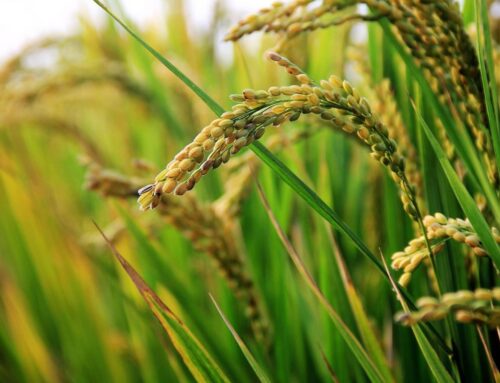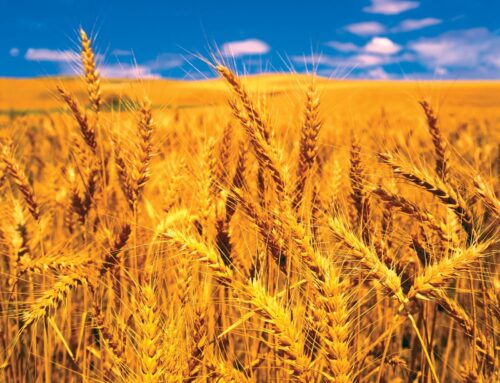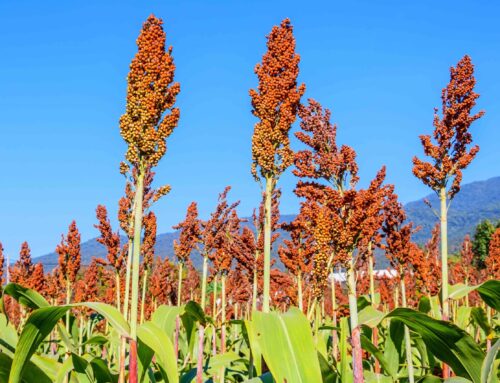
U.S. farmers are planting soybeans half as fast as the five-year average.
Emergence of crops remains ahead of five-year averages, according to the USDA Crop Progress Report.
As of Sunday, the U.S. had 80% of the corn crop planted, above a 68% five-year average and equal to the trade’s expectations.
CORN
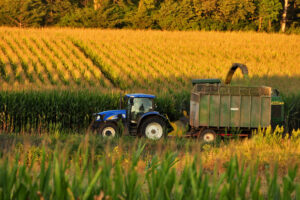 As of Sunday, Illinois farmers seeded 86% of this year’s corn crop vs. a 71% five-year average. Iowa farmers have put 94% of their corn in the ground vs. its 81% five-year average. So far, Nebraska has planted 86% of its corn vs. a 77% five-year average. North Dakota has 63% of its corn planted vs. a 47% five-year average.
As of Sunday, Illinois farmers seeded 86% of this year’s corn crop vs. a 71% five-year average. Iowa farmers have put 94% of their corn in the ground vs. its 81% five-year average. So far, Nebraska has planted 86% of its corn vs. a 77% five-year average. North Dakota has 63% of its corn planted vs. a 47% five-year average.
Of the total U.S. corn planted, 41% of it has emerged, above the 35% five-year average.
SOYBEANS
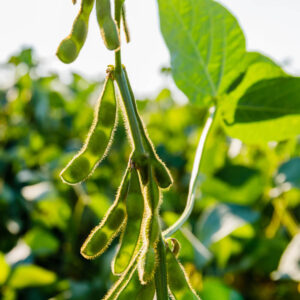 As of Sunday, the USDA rated the nation’s soybean crop as 61% planted vs. a 37% five-year average.
As of Sunday, the USDA rated the nation’s soybean crop as 61% planted vs. a 37% five-year average.
Illinois farmers have 20% of their soybeans out of the ground vs. a 12% five-year average. Nebraska’s farmers have 16% emergence of soybeans vs. an 11% five-year average. North Dakota’s crop is 1% emerged vs. a 2% five-year average.
WHEAT
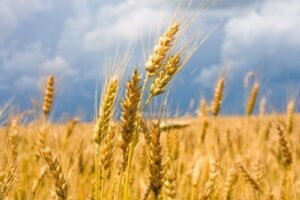 In its report Monday, the USDA rated the U.S. spring crop as 85% planted vs. a 71% five-year average.
In its report Monday, the USDA rated the U.S. spring crop as 85% planted vs. a 71% five-year average.
The U.S. winter wheat crop is rated as 48% good/excellent, vs. 49% a week ago.
Crop progress and condition estimates are based on survey data collected each week from early April through the end of November, according to the USDA report. “The non-probability crop progress and condition surveys include input from approximately 3,600 respondents whose occupations provide them opportunities to make visual observations and frequently bring them in contact with farmers in their counties. Based on standard definitions, these respondents subjectively estimate the progress of crops through various stages of development, as well as the progress of producer activities. They also provide subjective evaluations of crop conditions,” the USDA stated in its Monday report.
Most respondents complete their questionnaires on Friday or early Monday morning and submit them to the National Agricultural Statistics Service (NASS) field offices in their states by mail, telephone, fax, email, or through a secured internet website. A small number of reports are completed on Thursday, Saturday, and Sunday. Regardless of when questionnaires are completed, respondents are asked to report for the entire week ending on Sunday, according to the report.
Read the original article – CLICK HERE

